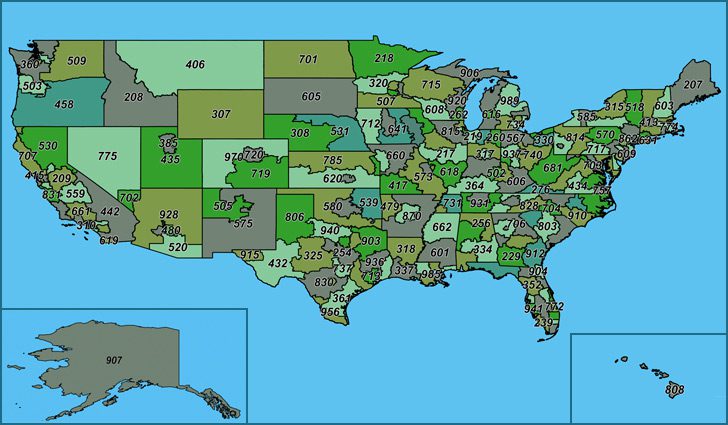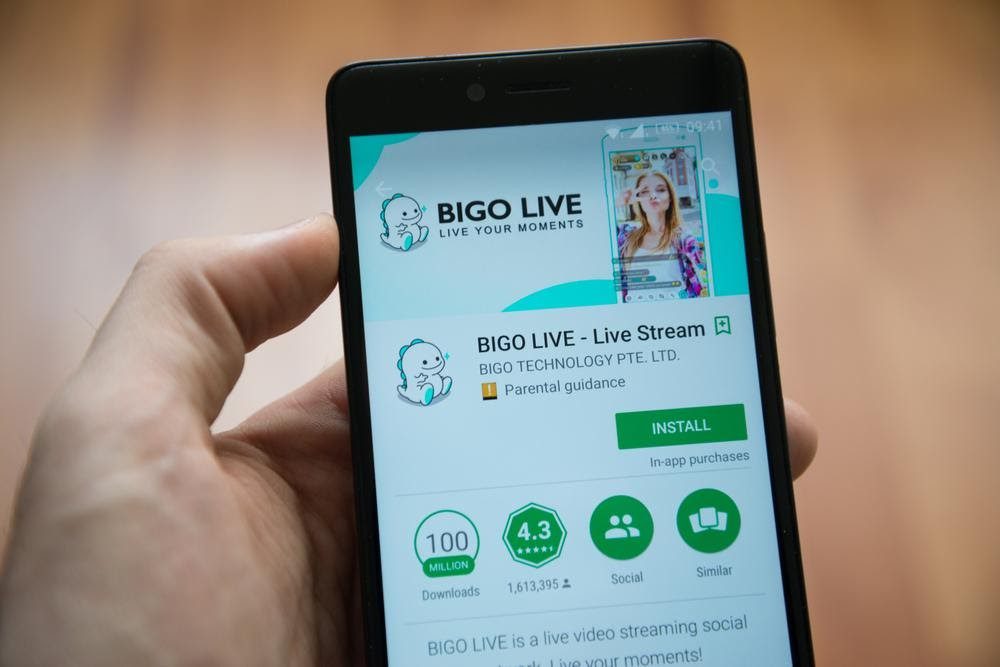From a distance, at least, there seems to be no rhyme or reason to the way Americans got their telephone numbers. And it’s becoming even less clear thanks to the increasing sophistication of the phone technologies we use. To understand the reasoning for the current telephone area codes, it’s worth keeping in mind two things: the way that population levels differ from state to state, and the basic design of the early system.
The North American Numbering Plan, which the Bell System put into place starting in the 1940s, was designed to replace a far-more-complicated system that relied on operators to manually move calls through the system. The phone company wanted to make it possible for anyone to call anyone, anywhere, in an automated way.
Initially, this was sold as a boon for operators. “In a few years long distance operators will be dialing calls, directly and unassisted, straight through to telephones as far away as the other side of the continent,” exclaimed a 1945 statement from Northwestern Bell published in the Minneapolis Morning Tribune.
The truth, of course, was that the goal was to remove operators from the equation entirely—because there would never be enough human operators to fill the inevitable need. Requiring human interaction just to dial a number from a certain distance created artificial limits on how big the system could become.
To help with this, Bell put together an array of 86 separate areas, called Numbering Plan Areas, across North America. According to telephone researcher Linc Madison, 34 states and D.C. had just one area code each at the time, while New York State had five and a single area code covered three Canadian provinces. At the time, Alaska and Hawaii were not states and did not initially get a long distance code.
But the question, of course, is how to organize that system. And that’s the part, from the outside, that doesn’t seem so clear—especially compared to other large, national apparatuses. The U.S. Interstate system, which has odd numbers going north and south, even numbers going east and west, and highway numbers that grow higher in value as you go further east or north, has a clear logic to it, even if it sometimes veers from this logic. Likewise, the first three digits in the U.S. ZIP Code system get higher the further west you go.
In comparison, area codes within the North American Numbering Plan don’t break down quite so neatly. That’s because the real factor here wasn’t geography, but population need. As shown by this map, Bell appears to have based its initial decision-making on area codes with an eye toward future need.
The real tell, in this sense, wasn’t the first number in the three-digit area code; it was the second. Initially, every area code installed had a second digit that was either a 0 or a 1. States with more than one area code generally had a 1 as a second digit (hence why New York City’s most common area code is 212), and states with a single area code generally had a 0 in the second digit (hence why Florida has the 305 area code).





